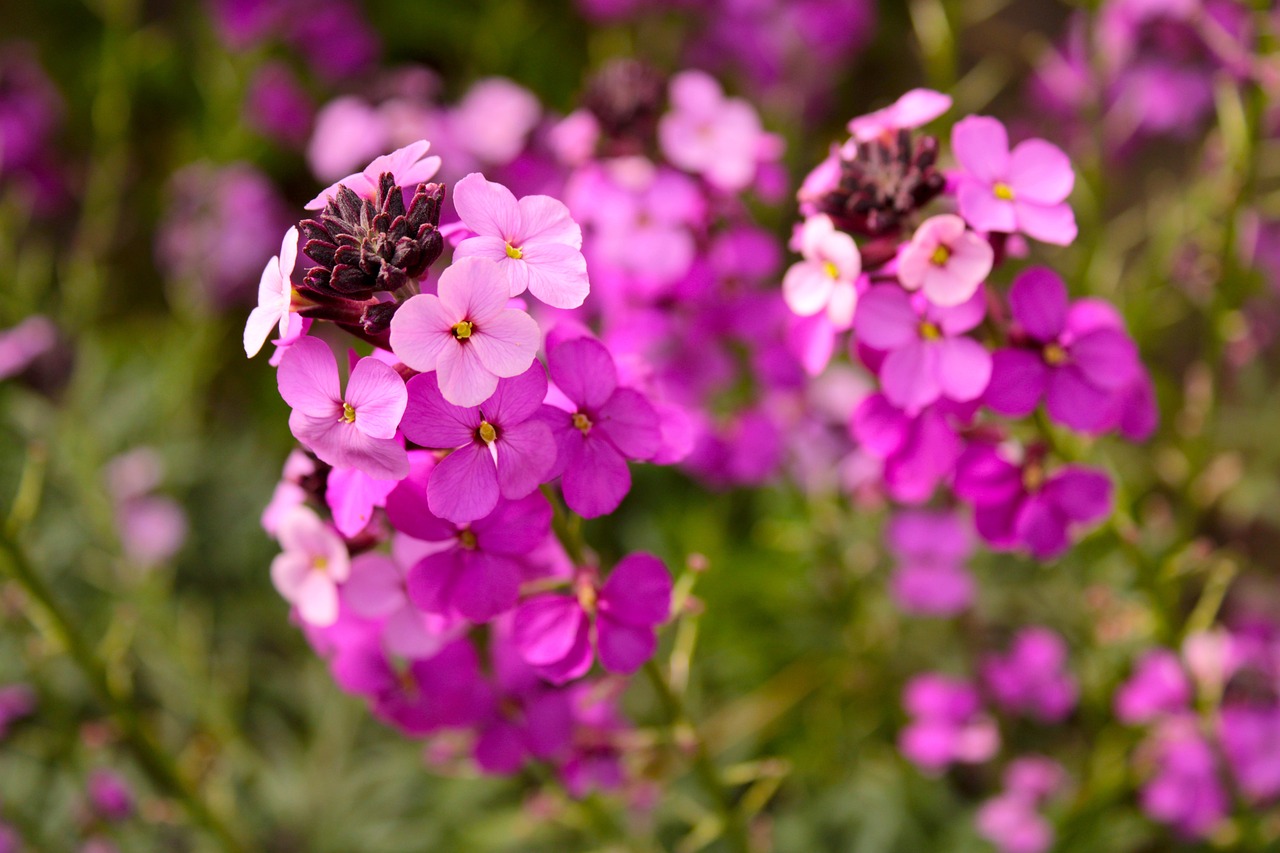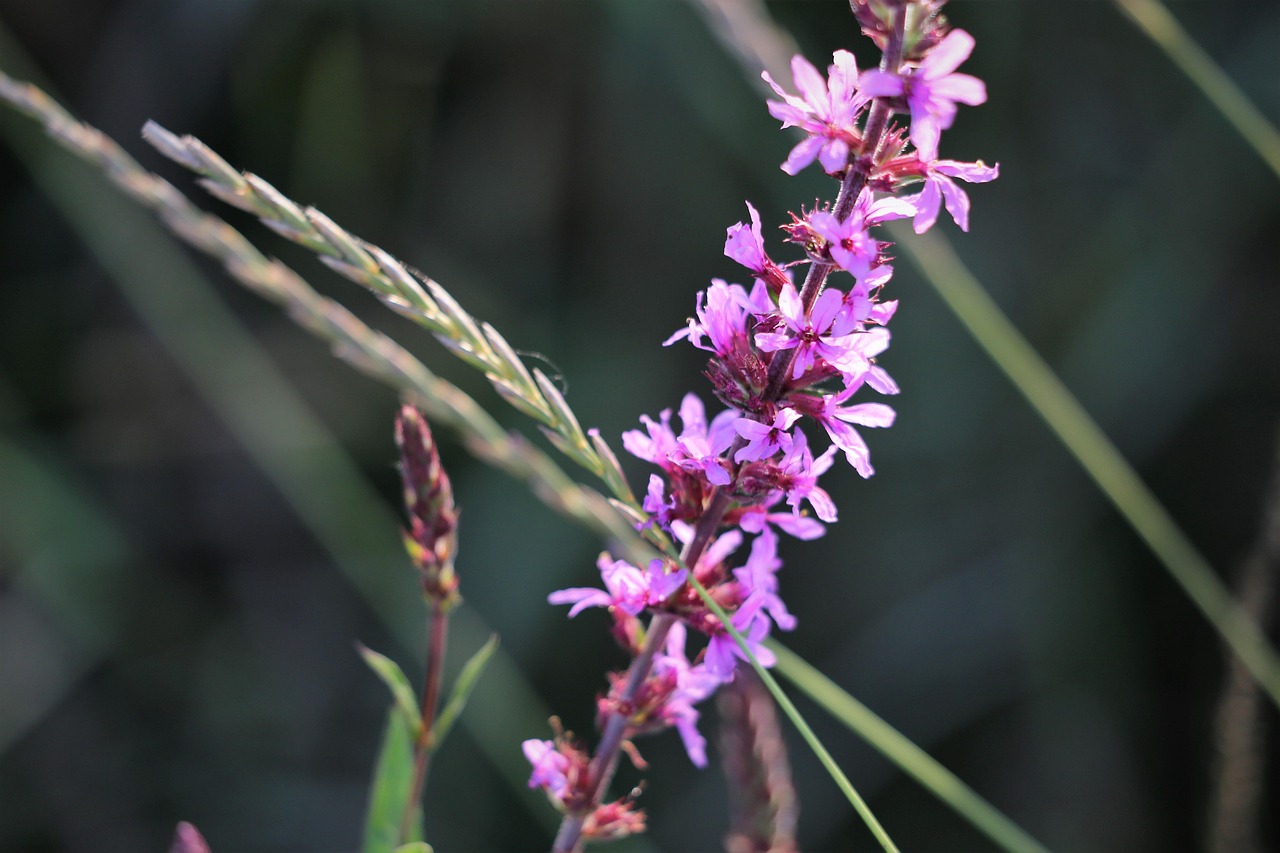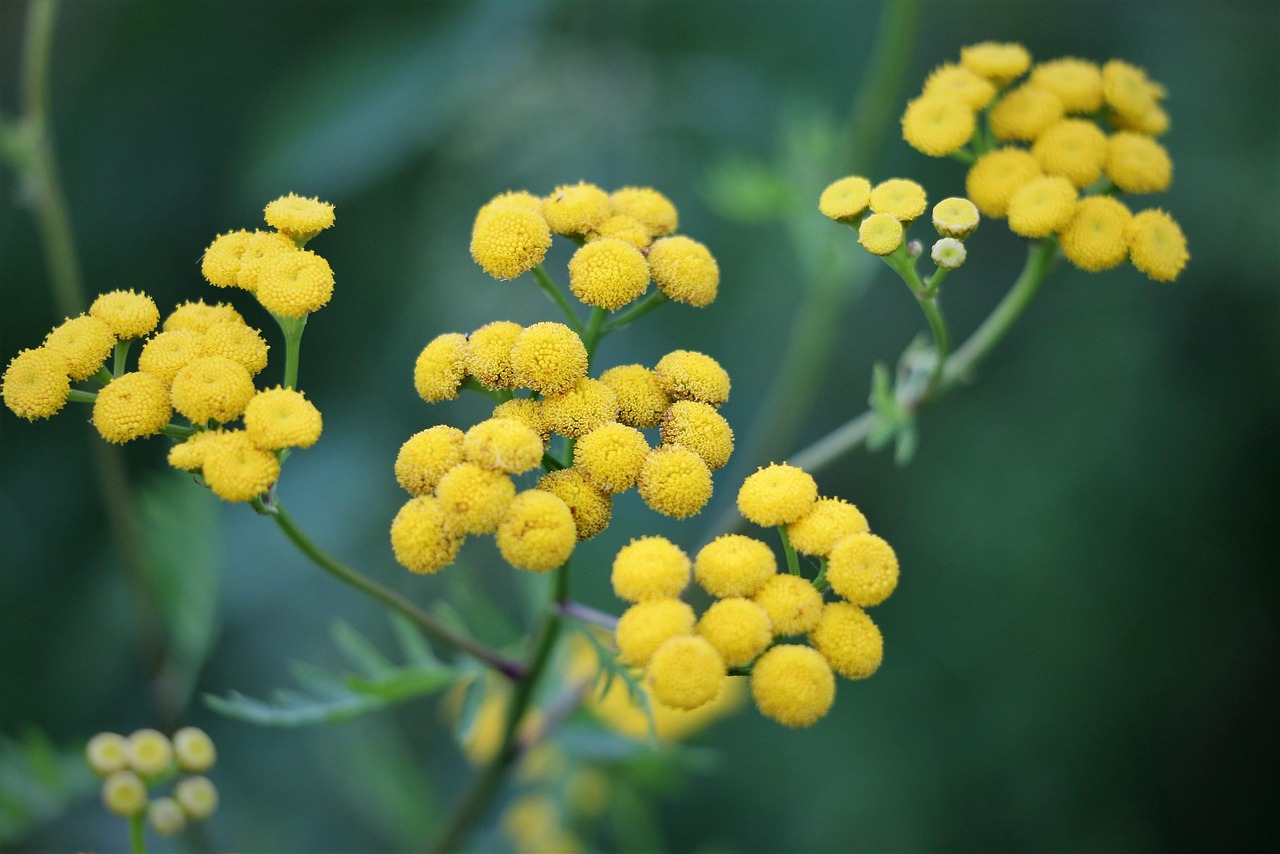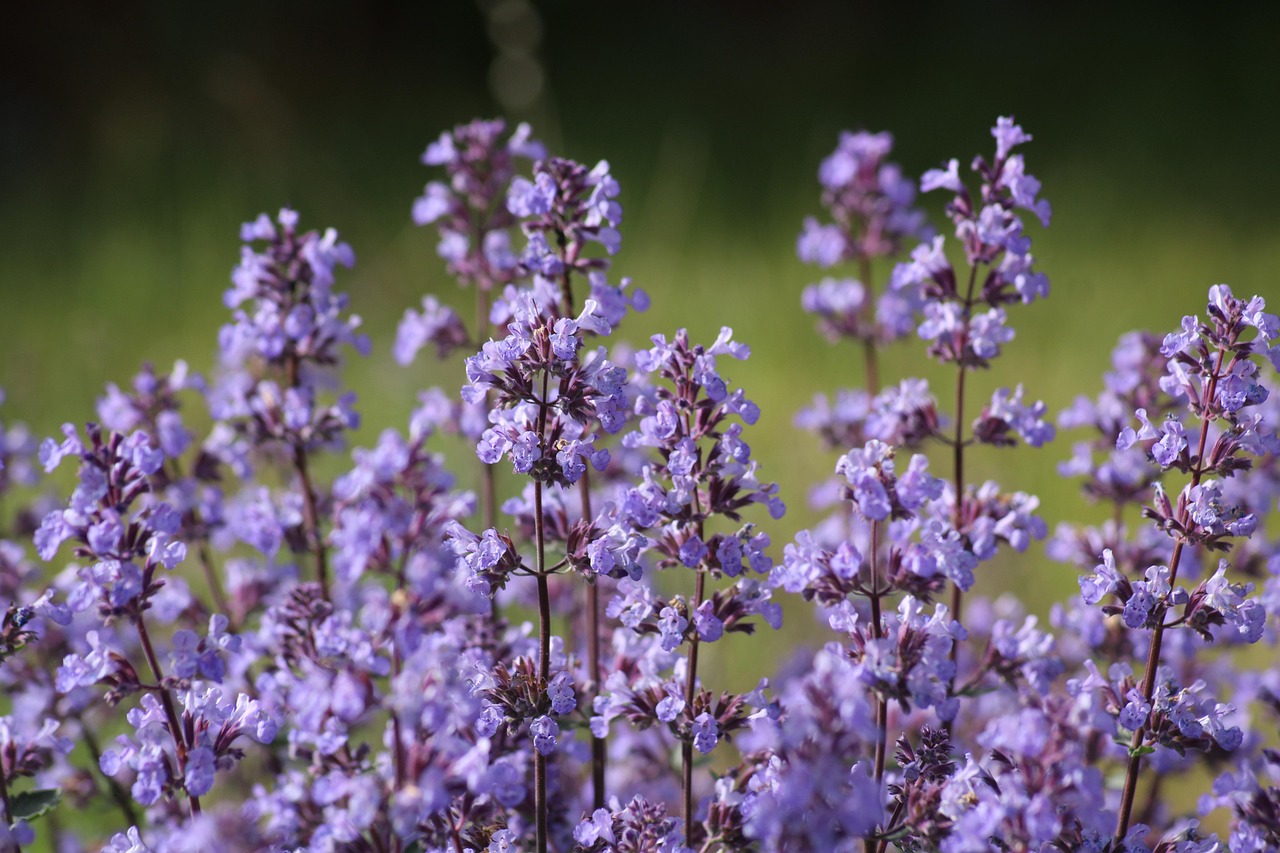Japanese Iris | Colors Blooming in Tranquility by the Water

The Japanese iris (Iris ensata var. ensata) has long been cherished in Japan. With its graceful form and vivid colors, it has fascinated people for centuries. Known as a flower that blooms during the rainy season, it is often planted in gardens and parks.
In this article, I will introduce the basic information about the Japanese iris, its cultural background, and tips for gardening.
Basic Information
- Scientific name: Iris ensata var. ensata
- Family: Iridaceae
- Origin: Japan, China, Korean Peninsula
- Appearance:
The Japanese iris is characterized by upright, slender leaves and large open flowers. The blossoms come in purple, white, pink, and blue. The petals are softly wavy, often decorated with vivid patterns at the center, giving them a refined beauty. - Blooming season:
From early summer to the rainy season (June–July), when the flowers glisten beautifully in the rain.
Cultural Significance

The Japanese iris holds a special place in Japanese culture. Festivals such as the Iris Festival in June and visits to iris gardens attract many visitors across the country.
Frequently planted in Japanese gardens and near water, its elegant figure is seen as a symbol of “Japanese beauty.”
The flower also carries symbolic meanings such as patience and grace, giving it spiritual significance in Japanese culture.
Outside Japan, it is recognized as a member of the iris genus and is cultivated in gardens across Europe and North America. It is especially popular for decorating wetlands and watersides, where it enhances the natural landscape.
Historical Background
Cultivation of the Japanese iris advanced significantly during the Edo period, when many new varieties were created through active breeding. Amid the gardening boom of that era, beautiful cultivars became widely loved by the public.
It is recorded that they were planted in famous gardens such as Koishikawa Korakuen and Mukojima Hyakkaen in Edo.
For the samurai class, the iris symbolized victory and courage. This gave rise to customs such as iris baths (shōbuyu) and iris-infused sake, traditions still observed today during the Boys’ Festival in May.
Gardening Advice
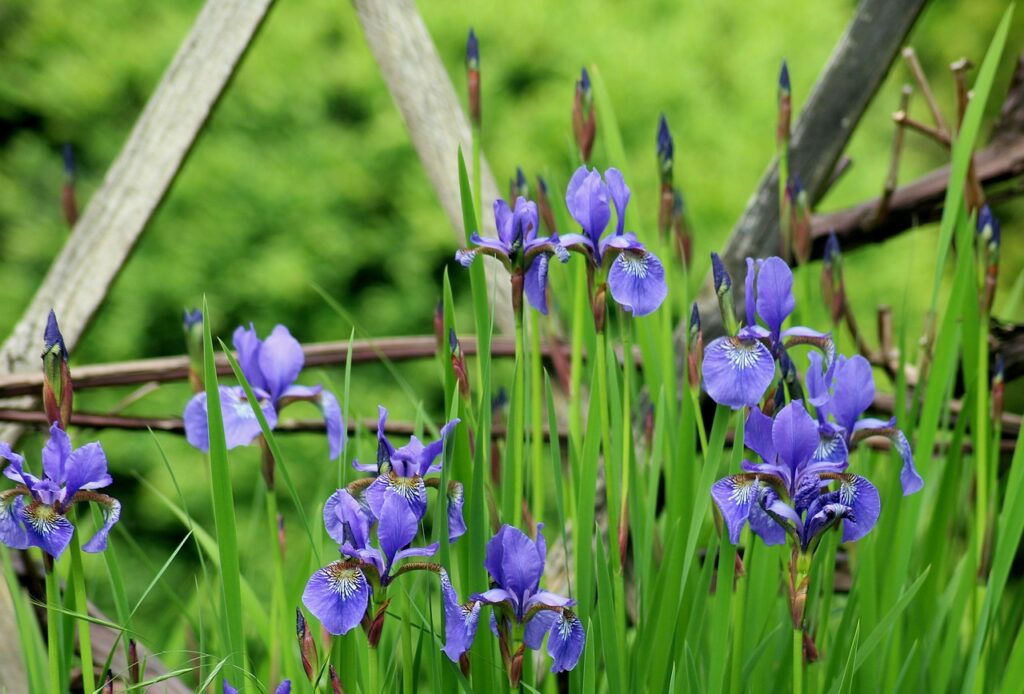
Cultivation Guide
The Japanese iris naturally grows in wetlands and enjoys moist environments. In gardens, it is best planted in soil that retains moisture while draining well.
For potted cultivation, I water it generously to prevent dryness. During the rainy season, it thrives on natural rainfall, requiring little care.
It prefers sunny locations but should be protected from harsh summer sunlight. Semi-shade or humid areas are ideal.
Soil and Growth Conditions
The Japanese iris prefers acidic soil. When planting in gardens or pots, I mix peat moss or leaf mold to adjust the soil.
Applying fertilizer regularly from early spring helps ensure abundant blooms. After flowering, pruning encourages new shoots, allowing me to enjoy beautiful flowers again the following season.
In winter, the above-ground parts wither, but the roots remain alive. I take care to keep the soil moist during this period.
Conclusion
The Japanese iris is a flower deeply connected with Japanese tradition.
Blooming gracefully during the rainy season, it represents an essential part of the Japanese landscape. Cultivation is relatively easy, and with proper conditions, I can enjoy its blossoms year after year.
I encourage you to grow the Japanese iris in your garden or on your balcony and experience its refined beauty.


